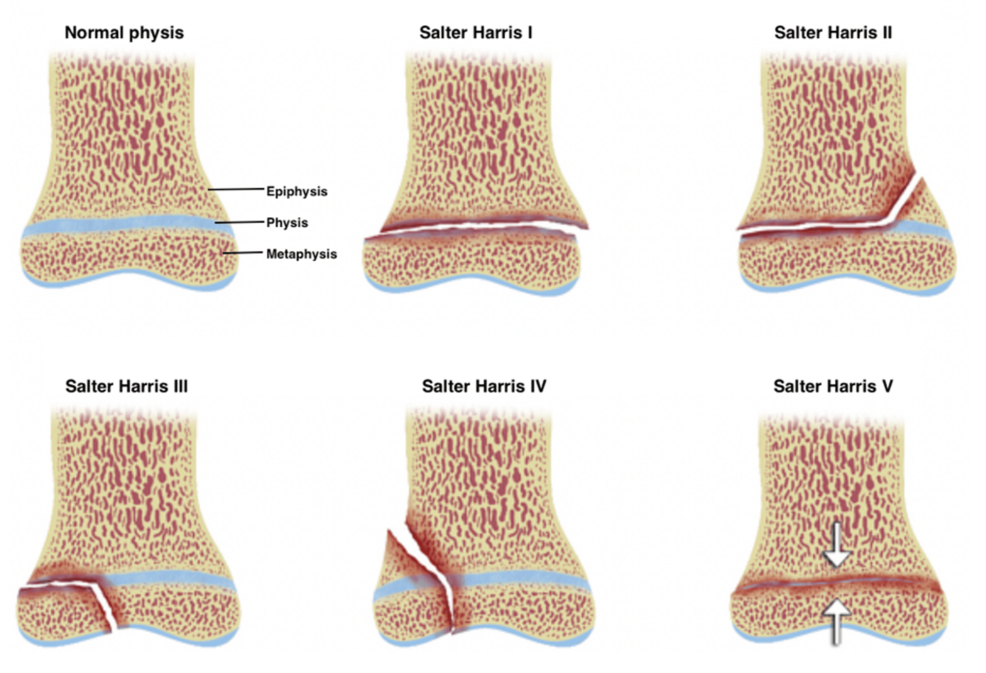212Pb-DOTAMTATE (AlphaMedix) showed clinically meaningful antitumor activity with sustained and durable responses along with a manageable safety profile in patients with peptide receptor radionuclide therapy (PRRT)-exposed, somatostatin receptor (SSTR)-positive, unresectable or metastatic gastroenteropancreatic neuroendocrine tumors (GEP-NETs), according to results from the ALPHAMEDIX-02 trial (NCT05153772).1
Per investigator review, the objective response rate (ORR) was 34.6% (9/26 patients), consisting of all partial responses. None of the responders had progressed at the time of the data cutoff. Sixteen patients (61.5%) had stable disease for a disease control rate of 96.2% (95% CI, 80.4%-99.9%). There was 1 patient with progressive disease. The ORR per blinded independent central review was 19.2% and the disease control rate was 100%.
The investigator-assessed 18-month progression-free survival (PFS) and overall survival (OS) rates were 82.6% (59.0-93.3) and 85.1% (58.5%-95.2%), respectively. The PFS per BICR was 88.0% (95% CI, 67.3%-96.0%).
212Pb-DOTAMTATE was determined by investigators to have an acceptable side effect profile, with the majority of treatment-emergent adverse events (TEAEs) being grade 1 or 2.
“The pivotal phase 2 ALPHAMEDIX-02 study presents a favorable benefit/risk profile of 212Pb-based targeted alpha therapy in radioligand therapy (RLT)-exposed patients with advanced GEP-NETS where few effective treatment options are available,” said lead study author Jonathan Strosberg, MD,a professor and leader of the Neuroendocrine Tumor Division and the Department of Gastrointestinal Oncology Research Program at Moffitt Cancer Center.
Study Design and Rationale of ALPHAMEDIX-02
“Effective treatment options are limited for patients with GEP-NETs whose disease progresses after PRRT with beta-emitting 177Lu-labelled somatostatin analogs (SSA),” said Strosberg.
Accordingly, Strosberg et al explored the next-generation SSTR-targeted RLT 212Pb-DOTAMTATE in this patient population. 212Pb-DOTAMTATE “utilizes the high-energy and shorter-range alpha emission, which leads to highly effective dsDNA breakage and may result in more targeted oncologic effects,” explained Strosberg.
Overall, the open-label, multicenter, phase 2 ALPHAMEDIX-02 study explored 212Pb-DOTAMTATE in patients with both PRRT-naïve (cohort 1) and PRRT-exposed (cohort 2) metastatic GEP-NETs that was histologically confirmed, had positive SSA imaging, and had at least 1 site of measurable disease.
Previously reported data for cohort 1 showed that 212Pb-DOTAMTATE achieved an ORR of 54.3% and a manageable safety profile in PRRT-naïve patients. Results for PRRT-exposed patients (cohort 2) were shared by Strosberg at ESMO.
Cohort 2 comprised 26 PRRT-exposed patients who had progressive disease following treated with up to 4 doses of 177Lu-SSA. Patients had received their last 177Lu-SSA dose at least 6 months before the trial. All patients received 212Pb-DOTAMTATE at 67.6 μCi/kg every 8 weeks for up to 4 cycles. The primary end point was ORR (RECIST1.1) and safety. Secondary outcome measures included progression free survival and overall survival.
What Was the Safety Profile of 212Pb-DOTAMTATE in AMEDIX-02
“212Pb-DOTAMTATE demonstrated an acceptable side effect profile, where most (57.7%) treatment-emergent adverse events (TEAEs) were grade 1 or 2, allowing the majority (84.6%) of patients to complete all 4 doses and 0 TEAEs leading to treatment discontinuation,” said Strosberg.
The most common grade 1/2 TEAEs were alopecia (84.6%), fatigue (76.9%), nausea (69.2%), diarrhea (38.5%), dysphagia (34.6%), vomiting (30.8%), decreased appetite (30.8%), abdominal pain (26.9%), and lymphopenia (23.1%).
Eleven patients (42.3%) experienced grade ≥3 TEAEs. These included lymphopenia (n = 4), dysphagia (n = 3), vomiting (n = 2), deceased appetite (n = 1), and fatigue (n = 1). Five patients had treatment-emergent serious adverse events and there were no TEAE-related patient deaths.
Specifically focusing on dysphagia, Strosberg explained that the condition emerged as a chronic toxicity which was “kind of a surprising side effect––it’s not something that we anticipated when we started this trial.” He added, “Manometry may demonstrate esophageal dysmotility in patients with dysphagia. Botox injection to the lower esophageal sphincter provides relief in many cases and some patients have required minimally-invasive surgery.”
What Were Patient Characteristics in AMEDIX-02?
The mean patient age was 61.8 years and the median time since diagnosis was 7.2 years (range, 2.8-18.8). Over three-fourths of patients had grade 1 or 2 disease. The primary tumor sites were the pancreas and small intestine at 11 patients each. All patients had prior RLT, 96.2% had prior SSAs, and 88.5% had surgical resection prior to enrollment. Further, 15 patients had received chemotherapy, 15 had received TKIs, 7 had embolization, and 5 had received EBRT.
What Are the Next Steps for 212Pb-DOTAMTATE?
In a press release reporting these results, Christopher Corsico, MD, Global Head of Development at Sanofi, which codevelops 212Pb-DOTAMTATE with Orano Med, stated, “The promising ALPHAMEDIX-02 results represent a significant step forward, reinforcing the potential of targeted alpha therapy to deliver precise treatment for GEP-NETs.”2
Corsico added, “These data, demonstrating clinically meaningful activity and a manageable safety profile, underscore our unrelenting commitment to developing innovative therapies for patients with difficult-to-treat cancers. We look forward to advancing [212Pb-DOTAMTATE] and working with Orano Med and regulators to bring this important treatment to the GEP-NET community as soon as possible.”
References
- Strosberg JR, Naqvi S, Cohn A, et al. Efficacy and safety of targeted alpha therapy 212Pb-DOTAMTATE in patients with unresectable or metastatic gastroenteropancreatic neuroendocrine tumors (GEP-NETs) previously treated with peptide receptor radionuclide therapy (PRRT): Results of a phase II study. Presented at: 2025 ESMO Congress; October 17-21, 2025; Berlin, Germany. Abstract 1032O.
- AlphaMedixTM (212Pb-DOTAMTATE) achieved all primary efficacy endpoints in phase 2 study, demonstrating clinically meaningful benefits in patients with gastroenteropancreatic neuroendocrine tumors. Posted online October 8, 2025. Accessed October 19, 2025. https://www.sanofi.com/en/media-room/press-releases/2025/2025-10-08-05-00-00-3163053






